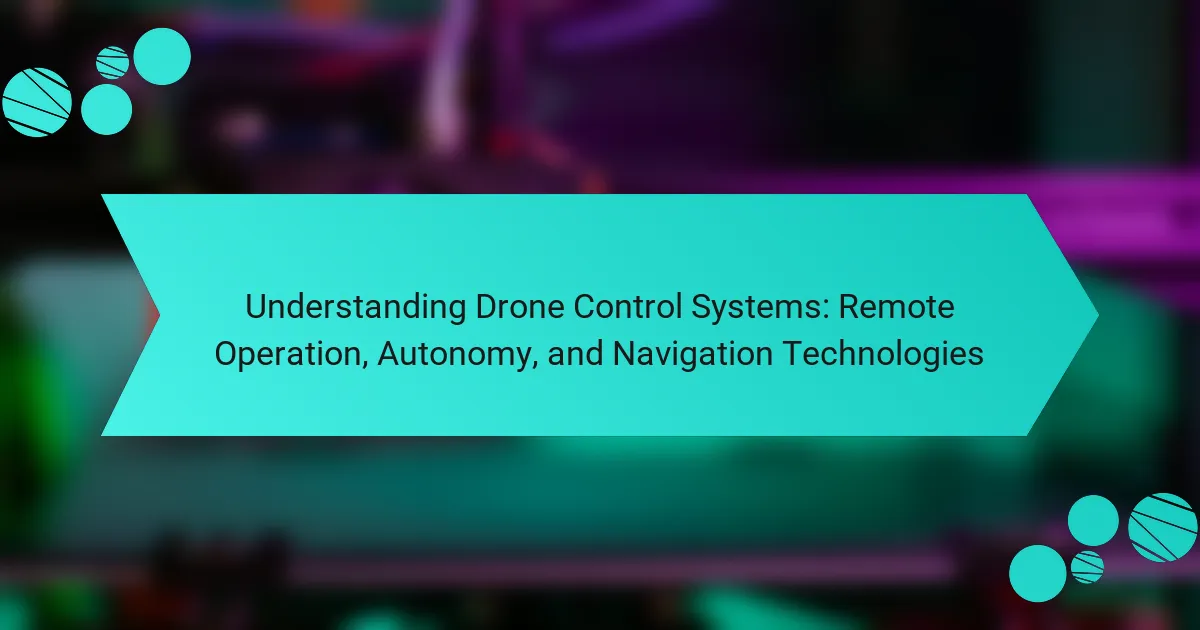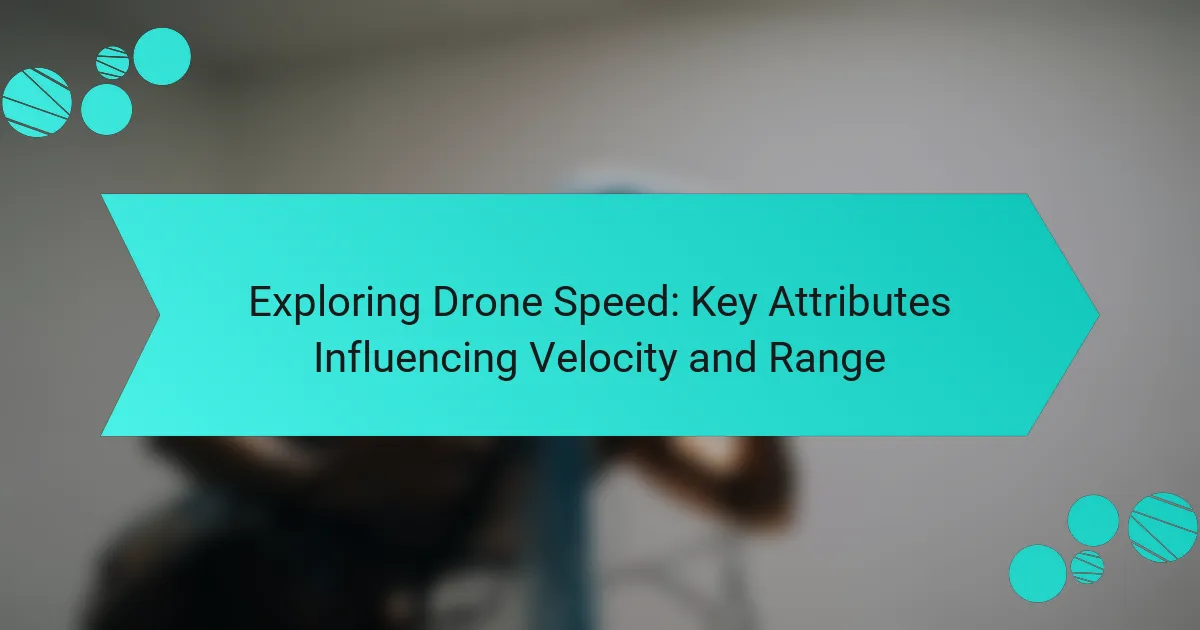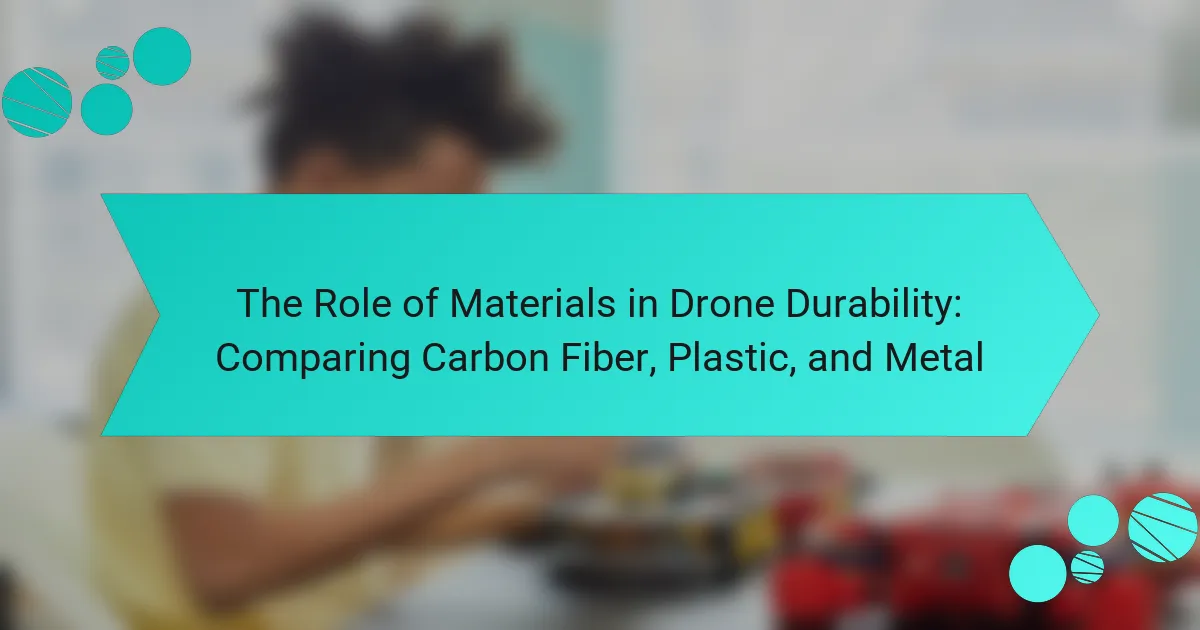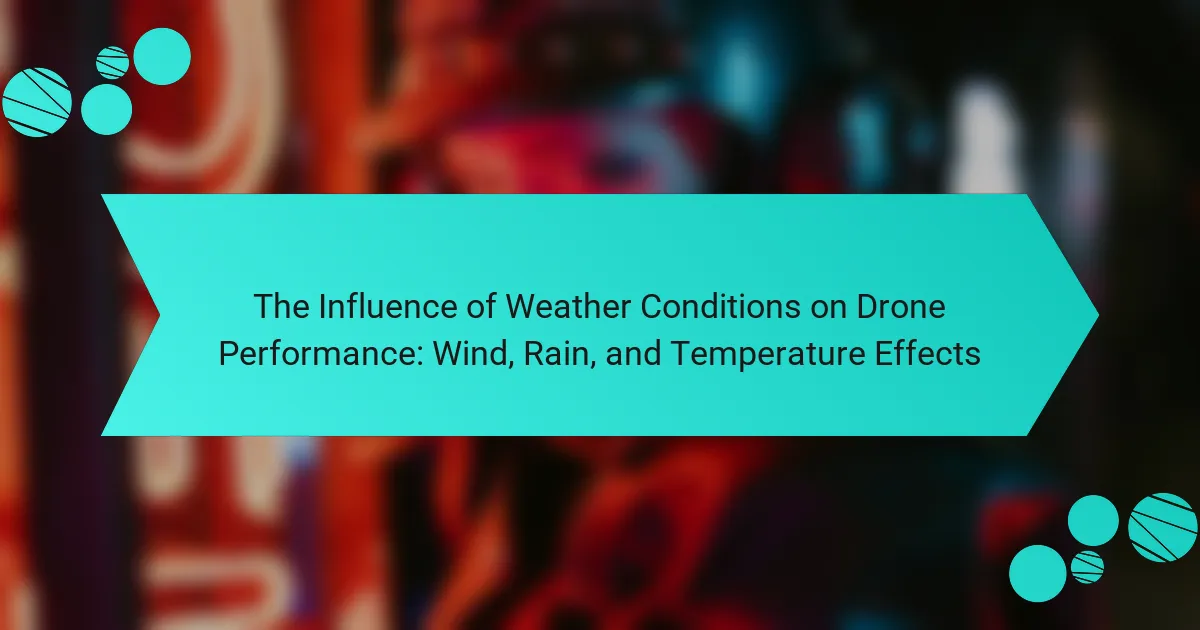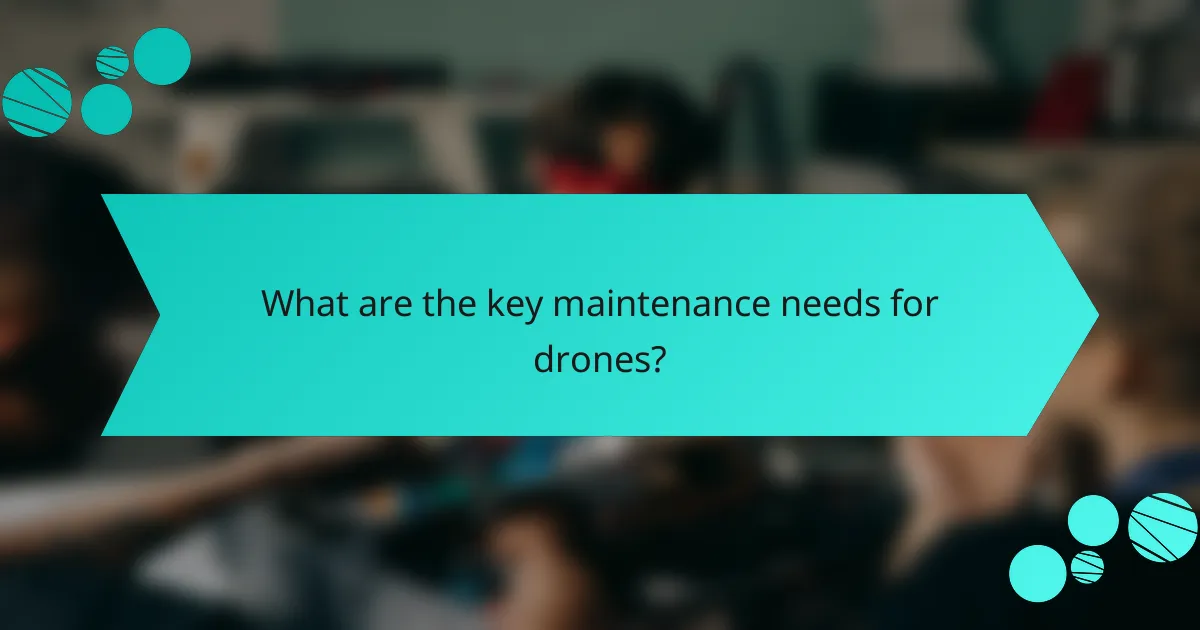
What are the key maintenance needs for drones?
Drones require regular maintenance to ensure optimal performance and safety. Key maintenance needs include battery checks, propeller inspections, and software updates. Batteries should be monitored for charge cycles and health status. Propellers must be examined for cracks, chips, or warping. Regular software updates are essential for functionality and security. Additionally, frame integrity checks are necessary to identify any structural damage. Routine cleaning prevents dirt accumulation that can affect performance. Calibration of sensors and cameras ensures accurate data collection. Following these maintenance practices extends the drone’s lifespan and enhances operational reliability.
How often should drone maintenance be performed?
Drone maintenance should be performed regularly, typically every 50 flight hours or after every 20 flights, whichever comes first. This frequency ensures optimal performance and safety. Regular checks include battery health, propeller condition, and software updates. Following manufacturer guidelines is crucial for specific maintenance schedules. Neglecting maintenance can lead to equipment failure and safety hazards. Regular maintenance helps identify potential issues before they escalate. Keeping a maintenance log can assist in tracking service intervals. Adhering to these practices enhances drone longevity and reliability.
What factors influence the frequency of drone maintenance?
The frequency of drone maintenance is influenced by several key factors. These factors include flight hours, operating environment, and drone type. Increased flight hours typically lead to more frequent maintenance needs. Harsh operating environments, such as extreme temperatures or dust, can accelerate wear and tear. Additionally, different drone types have varying maintenance requirements based on their design and intended use. Regular software updates and battery health also play a significant role in determining maintenance frequency. Overall, understanding these factors helps in planning effective maintenance schedules.
How does usage impact maintenance schedules?
Usage directly affects maintenance schedules by determining how often maintenance is required. Increased usage of drones typically leads to more frequent wear and tear. This necessitates more regular inspections and servicing to ensure optimal performance. For instance, drones used for heavy-duty tasks may require maintenance every 25 flight hours. In contrast, those used less intensively can extend maintenance intervals to 50 or more flight hours. Additionally, usage patterns can influence the types of maintenance tasks needed. More rigorous usage may increase the need for component replacements and software updates. The relationship between usage and maintenance frequency is documented in various industry guidelines, which emphasize the need for tailored maintenance schedules based on operational intensity.
What tasks are involved in drone maintenance?
Drone maintenance involves several key tasks. These tasks include inspecting the drone’s physical condition. Regular checks on the propellers for damage are essential. Battery health assessments ensure optimal performance. Firmware updates keep the software current and secure. Cleaning the drone from dirt and debris prevents malfunctions. Calibration of sensors is necessary for accurate flight data. Testing flight controls ensures responsiveness and safety. These tasks collectively enhance the drone’s reliability and longevity.
What are the routine maintenance tasks for drones?
Routine maintenance tasks for drones include inspecting the airframe, checking the battery, and calibrating sensors. Inspecting the airframe ensures structural integrity. This involves looking for cracks, dents, or any signs of wear. Checking the battery includes verifying charge levels and connections. Proper battery maintenance helps prevent power failures during flight. Calibrating sensors ensures accurate data capture. This is crucial for navigation and imaging tasks. Additionally, cleaning propellers and motors is necessary to maintain optimal performance. Regular software updates are also important for functionality and security. Following these tasks can enhance drone longevity and reliability.
How do advanced maintenance tasks differ from routine ones?
Advanced maintenance tasks differ from routine ones primarily in their complexity and purpose. Routine maintenance tasks are typically scheduled, regular activities aimed at keeping equipment in optimal working condition. These tasks include inspections, cleaning, and minor repairs. Advanced maintenance tasks, on the other hand, involve more complex procedures such as overhauls, major repairs, or upgrades. They often require specialized knowledge, tools, and skills. For instance, while routine tasks may be performed by general maintenance staff, advanced tasks often necessitate certified technicians or engineers. The frequency of routine tasks is generally higher, occurring at regular intervals, whereas advanced tasks are less frequent and often dictated by specific conditions or performance metrics. This distinction is crucial for effective maintenance management and ensuring equipment reliability.
Why is drone maintenance critical for performance?
Drone maintenance is critical for performance because it ensures operational reliability and safety. Regular maintenance checks prevent mechanical failures during flight. These failures can lead to crashes or loss of control. Scheduled inspections help identify wear and tear on components. This proactive approach minimizes downtime and repair costs. According to a study by the Federal Aviation Administration, 80% of drone accidents are linked to maintenance issues. Proper maintenance enhances flight efficiency and extends the lifespan of the drone. High-performance drones require precise calibration and software updates to function optimally.
How does regular maintenance affect drone reliability?
Regular maintenance significantly enhances drone reliability. It ensures that all components function correctly and reduces the likelihood of malfunctions. Routine checks can identify wear and tear before they lead to failures. For instance, a study by the University of California found that drones with regular maintenance schedules experienced a 30% reduction in operational failures. This proactive approach extends the lifespan of the drone. Moreover, consistent maintenance helps maintain optimal performance levels. Regularly updated software and firmware also contribute to reliability. Overall, maintenance is crucial for safe and efficient drone operation.
What are the consequences of neglecting drone maintenance?
Neglecting drone maintenance can lead to severe operational failures. Drones may experience mechanical malfunctions due to worn-out components. This can result in crashes, which pose safety risks to people and property. Additionally, neglect can decrease flight performance and battery efficiency. Poor maintenance can also void warranties, leading to costly repairs. Regular inspections are essential to ensure optimal functionality. According to a study by the Federal Aviation Administration, 20% of drone accidents are linked to maintenance issues. Thus, consistent upkeep is crucial for safe and efficient drone operation.
How can drone maintenance be effectively managed?
Effective drone maintenance can be managed through regular inspections and scheduled servicing. Establishing a maintenance schedule based on flight hours is crucial. This ensures that components are checked and replaced as needed. Utilizing maintenance logs helps track repairs and performance issues. Training personnel on maintenance best practices enhances efficiency. Implementing software solutions can automate reminders for maintenance tasks. Following manufacturer guidelines ensures compliance and safety. Regular maintenance can extend the lifespan of drones and improve operational reliability.
What tools and resources are available for drone maintenance?
Tools and resources available for drone maintenance include specialized software, hardware kits, and instructional manuals. Software such as drone management applications assists in tracking maintenance schedules and performance metrics. Hardware kits typically contain spare parts, tools for repairs, and cleaning supplies essential for upkeep. Instructional manuals provide guidelines for maintenance procedures and troubleshooting. Online forums and communities offer valuable insights and shared experiences from other drone users. Manufacturers often provide customer support and technical resources to assist in maintenance. These tools and resources ensure drones operate efficiently and safely, minimizing downtime.
How can technology assist in tracking maintenance needs?
Technology assists in tracking maintenance needs through automated monitoring systems. These systems collect real-time data on equipment performance. Sensors can detect anomalies and alert operators about potential issues. Software applications can schedule maintenance based on usage patterns. Predictive analytics can forecast when maintenance will be required. This approach minimizes downtime and optimizes resource allocation. Studies show that organizations using technology for maintenance tracking reduce costs by up to 30%. This data-driven method enhances overall operational efficiency.
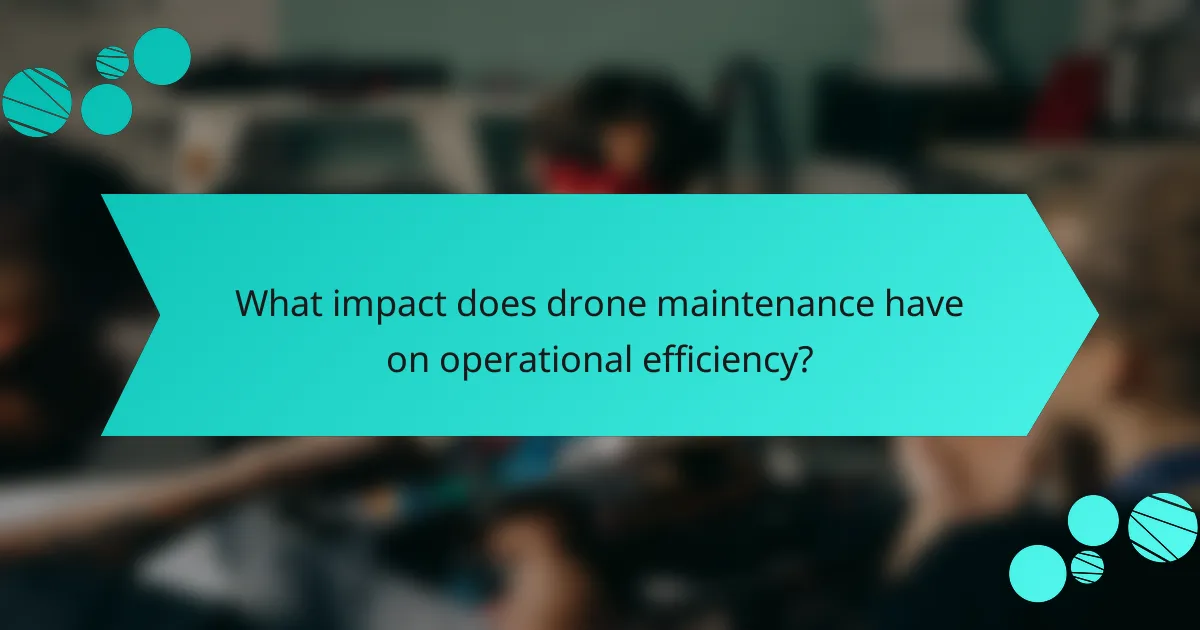
What impact does drone maintenance have on operational efficiency?
Drone maintenance significantly enhances operational efficiency. Regular maintenance ensures drones operate at peak performance. This reduces the likelihood of mechanical failures during missions. A study by the Federal Aviation Administration found that well-maintained drones can achieve up to 20% longer operational times. Moreover, timely maintenance minimizes downtime, allowing for more frequent missions. Efficient maintenance schedules can also lower overall operational costs. By preventing unexpected breakdowns, organizations can allocate resources more effectively. Thus, proper drone maintenance directly correlates with improved operational efficiency.
How does maintenance frequency relate to drone performance?
Maintenance frequency directly impacts drone performance. Regular maintenance ensures optimal functionality and reliability of drones. Increased frequency typically leads to fewer mechanical failures. According to a study by the Journal of Unmanned Vehicle Systems, drones serviced every 50 flight hours experience 30% fewer issues. This proactive approach enhances flight safety and efficiency. In contrast, infrequent maintenance can result in degraded performance and increased operational risks. Therefore, consistent maintenance is vital for maintaining high performance in drones.
What are the performance metrics affected by maintenance?
Performance metrics affected by maintenance include operational efficiency, downtime, reliability, and safety. Operational efficiency measures how effectively a drone performs its tasks after maintenance. Downtime quantifies the period a drone is not operational due to maintenance activities. Reliability assesses the likelihood of a drone functioning without failure post-maintenance. Safety metrics evaluate the risk of incidents related to maintenance practices. Research indicates that regular maintenance can improve these metrics significantly, enhancing overall drone performance and lifespan.
How can performance be measured post-maintenance?
Performance can be measured post-maintenance through several key metrics. These metrics include flight time, payload capacity, and system responsiveness. Flight time should be compared to pre-maintenance benchmarks. A decrease in flight time may indicate issues. Payload capacity can be assessed by testing the drone with standard loads. System responsiveness can be evaluated during operational tests. Additionally, data logs from the drone can provide insights into performance changes. Regular comparisons to historical performance data can highlight improvements or declines. These methods ensure a comprehensive assessment of drone performance after maintenance.
What role does maintenance play in safety and compliance?
Maintenance is crucial for ensuring safety and compliance in drone operations. Regular maintenance checks help identify and rectify potential issues before they lead to accidents. This process minimizes the risk of equipment failure during flight, which can compromise safety. Compliance with regulatory standards is also maintained through scheduled maintenance. Regulations often require documentation of maintenance activities to ensure accountability. For example, the Federal Aviation Administration (FAA) mandates that operators keep records of maintenance to demonstrate adherence to safety protocols. Thus, effective maintenance is essential for operational safety and meeting legal requirements.
How can proper maintenance prevent accidents?
Proper maintenance can prevent accidents by ensuring that drones operate safely and efficiently. Regular inspections identify potential issues before they become critical failures. Scheduled maintenance tasks, such as battery checks and software updates, enhance reliability. A study by the Federal Aviation Administration (FAA) indicates that 80% of drone accidents are due to mechanical failures. Addressing these failures through maintenance significantly reduces the risk of accidents. Moreover, adhering to manufacturer guidelines ensures that all components function as intended. This proactive approach not only safeguards equipment but also protects users and the public.
What regulations govern drone maintenance practices?
Federal Aviation Administration (FAA) regulations govern drone maintenance practices in the United States. These regulations require operators to follow specific maintenance guidelines to ensure safety and compliance. The FAA mandates that drones must be maintained in accordance with the manufacturer’s instructions. Regular inspections and repairs are necessary to keep drones airworthy. Additionally, operators must document all maintenance activities. This documentation helps track compliance with FAA regulations. Non-compliance can result in penalties or grounding of the drone. Therefore, adherence to these regulations is crucial for safe drone operation.
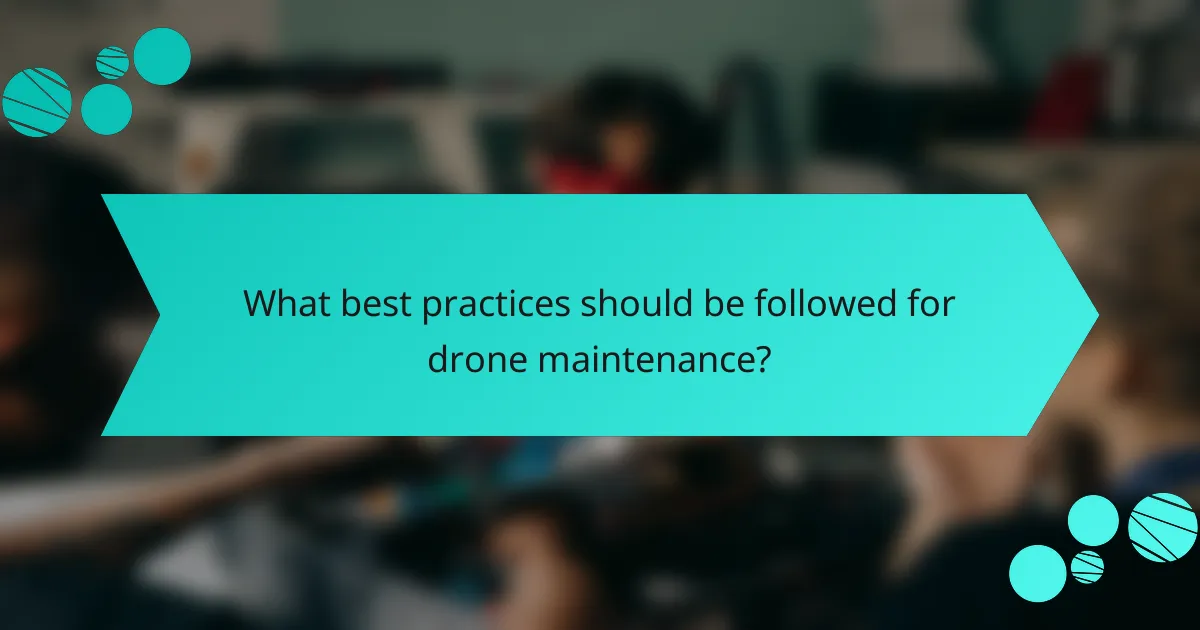
What best practices should be followed for drone maintenance?
Regular inspection is a best practice for drone maintenance. Operators should check for physical damage before each flight. This includes examining propellers, frames, and landing gear. Cleaning the drone after use helps prevent debris buildup. Battery health should be monitored regularly to ensure optimal performance. Firmware updates must be applied as they become available. Calibration of sensors should be performed periodically for accuracy. Following manufacturer guidelines for maintenance schedules is crucial. These practices enhance the drone’s longevity and reliability.
How can operators create an effective maintenance schedule?
Operators can create an effective maintenance schedule by assessing equipment usage and identifying maintenance needs. They should determine the frequency of maintenance based on manufacturer recommendations and operational demands. Operators must document all maintenance tasks, including inspections and repairs, to track performance and compliance. Utilizing a software tool can streamline scheduling and reminders for upcoming maintenance. Regularly reviewing the schedule allows for adjustments based on actual performance data. This proactive approach helps in minimizing downtime and extending equipment lifespan. Studies show that well-planned maintenance schedules can increase operational efficiency by up to 30%.
What should be included in a drone maintenance checklist?
A drone maintenance checklist should include several key components. First, verify the battery condition and charge level. Check for any physical damage to the drone’s body and propellers. Inspect the motors and ensure they are functioning properly. Clean the camera and sensors to maintain image quality. Examine the firmware and software for updates. Test the remote control and communication systems. Review the flight logs for any anomalies or issues. Lastly, ensure that all safety features are operational. These components are essential for ensuring optimal drone performance and safety during operation.
How can operators ensure compliance with maintenance standards?
Operators can ensure compliance with maintenance standards by implementing a structured maintenance program. This program should include regular inspections and scheduled maintenance tasks. Documentation of all maintenance activities is essential. Operators must also train staff on maintenance protocols and standards. Utilizing checklists can help in adhering to maintenance requirements. Monitoring compliance through audits ensures that standards are consistently met. Regularly reviewing and updating maintenance procedures keeps them aligned with industry standards. These practices improve operational efficiency and prolong equipment lifespan.
What common challenges do operators face in drone maintenance?
Operators face several common challenges in drone maintenance. One major issue is the lack of standardized maintenance protocols. This can lead to inconsistent practices across different operators. Another challenge is the difficulty in sourcing replacement parts. Limited availability can delay repairs and increase downtime. Additionally, operators often struggle with keeping up with regulatory compliance. Regulations can change frequently, requiring constant updates to maintenance practices. Battery life management is also a significant concern. Operators must monitor battery health to ensure optimal performance. Finally, training personnel in maintenance procedures can be a hurdle. Skilled technicians are essential for effective maintenance but can be hard to find.
How can operators troubleshoot common maintenance issues?
Operators can troubleshoot common maintenance issues by following systematic steps. First, they should identify the specific problem by observing any irregular behavior in the drone. Next, they can consult the drone’s manual for troubleshooting guidelines tailored to the identified issue. Operators should perform visual inspections for physical damage or loose components. They can also check the software for updates or error messages. If battery issues arise, operators should assess the battery’s charge levels and connections. Additionally, they can run diagnostic tests if the drone’s system allows for it. Collecting data from previous flights can help identify patterns in maintenance needs. Finally, seeking assistance from experienced technicians can provide further insights into unresolved issues.
What resources can assist in overcoming maintenance challenges?
Technical manuals provide detailed guidelines for drone maintenance. They include troubleshooting steps and maintenance schedules. Online forums connect drone operators for shared experiences and solutions. Manufacturer support services offer expert assistance for specific maintenance issues. Maintenance tracking software helps monitor service history and schedule tasks. Training programs enhance skills for effective drone maintenance. Industry publications provide insights on best practices and innovations. These resources collectively support overcoming maintenance challenges.
The main entity of this article is drone maintenance, which encompasses the essential tasks and frequency required to ensure optimal performance and safety of drones. Key aspects discussed include routine and advanced maintenance tasks, the impact of usage on maintenance schedules, and the significance of regular inspections and updates. The article also highlights the consequences of neglecting maintenance and the role of technology in tracking maintenance needs. Furthermore, it examines best practices for creating effective maintenance schedules and troubleshooting common issues, ultimately emphasizing the critical relationship between maintenance and operational efficiency.
